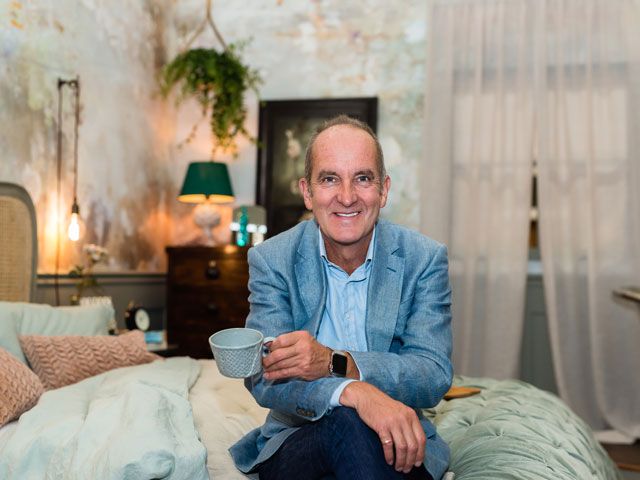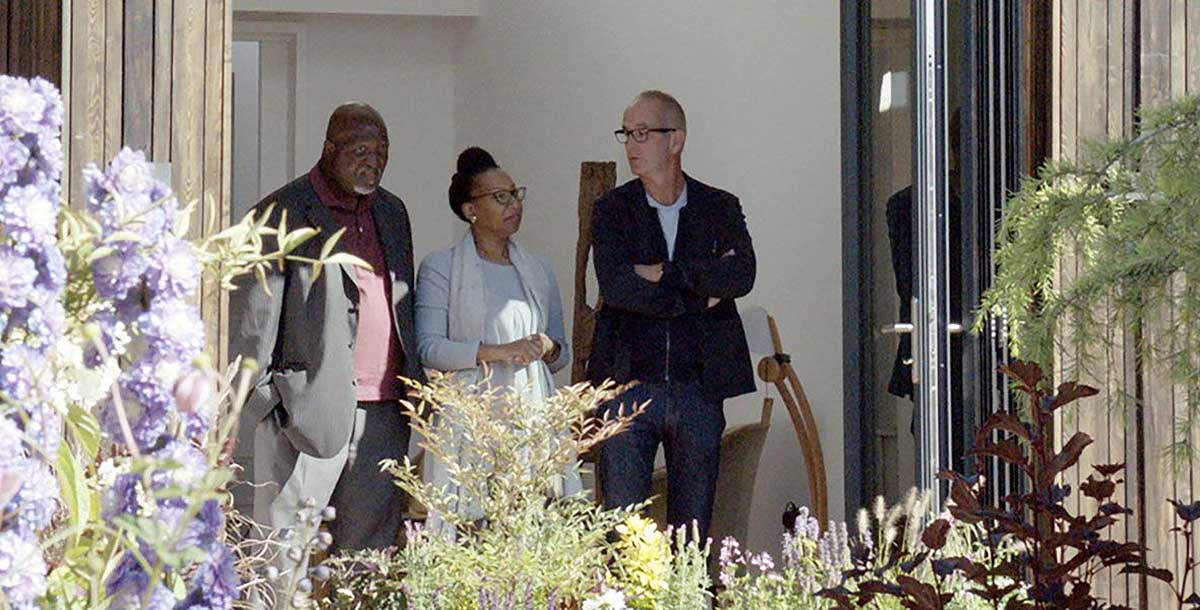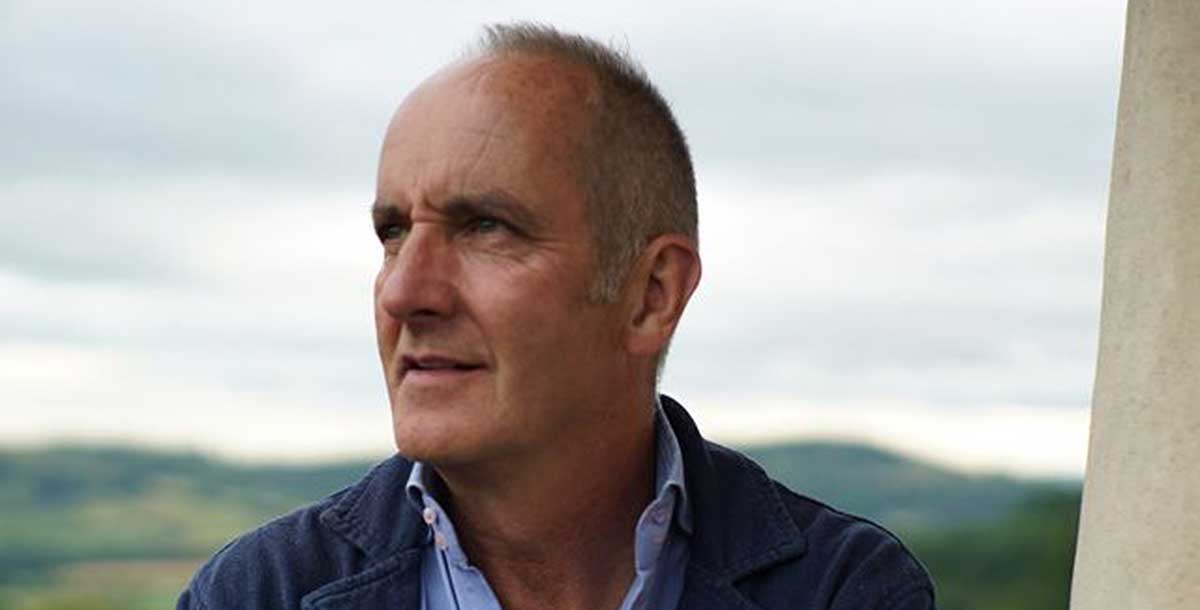Kevin McCloud on Grand Designs’ greatest achievement and who inspires him
We sat down with our editor at large and host of Grand Designs TV show, Kevin McCloud to discuss the Channel 4 favourite's 20th birthday.
As Grand Designs celebrates 20 years on TV, our editor-at-large, Kevin McCloud talks proud moments and the show’s broad appeal

Image: Aaron Scott Richards
We sat down with our editor-at-large Kevin McCloud to chat about the last 20 years of Grand Designs on TV.
Twenty years of Grand Designs, can you believe it?
‘Nope. I thought it would be a bit of an outcast when we started in the late 1990s. Instead, it’s become a family pet – the family being the team who have involved themselves with the series for so long. People like Tony Etwell, our director of photography, Guy on jib and Andrew Marchant, our sound recordist, who between them have clocked up 57 years of working on Grand Designs.
Or Amy Martin, our production co-ordinator – the fountain of all knowledge – and Helen Donovan, who holds the production together with rings of steel. But I can’t mention GD without thinking of Ned Williams, who has occupied almost every key collaborative role for me in my television career, from researcher to director. We’re writing a comedy series together. It’s going well. We haven’t started.’
Tell us how your passion for home building, architecture and design began.
‘I put together a PowerPoint explaining just this in order to bore audiences around the country. Slides include pictures of a slim book on architecture I was given when I was eight; a second-hand Hornby locomotive I painted pink; Olivier Mourgue’s groovy furniture from 2001: A Space Odyssey; the Post Office Tower; my father – a rocket engineer; and the Thunderbirds wallpaper that adorned my bedroom till I was 14. In the 1960s, we all believed we’d be living in a Gerry Anderson world of flying cars and houses on Mars by now.’
Did you have a mentor or someone who inspired you?
‘There are many people who’ve given me a leg up. From the first job, to the first book I wrote, to the first programme I made, every new venture came about because somebody took a bet. I’m still inspired by great architecture and their authors.
And if you ask me which presenter I most admire and want to emulate, that would be Keith Floyd, a radical who never wrote anything down, improvised and refused to work past 2pm.’
Did you take to the idea of Grand Designs from the outset?
‘I’m not sure anyone fully did. The secret to its success was the open-ended way it was made over that first series. Daisy Goodwin, the producer, had sold the idea to Channel 4, who suggested it might be an hour long, not 30 minutes. At the time, in 1997, an hour-long programme of its kind was rare. John Silver, the series producer, and I were sent out to try stuff out.
We wrote words on pieces of paper and inserted little makeover sequences into the films but we quickly identified that the energy of the series would come from what was happening on whatever day we turned up. We learned that human stories would drive the films but that the process of building provided the frame on which to hang those narratives.
I stood up for the architecture, John obsessed over people’s ‘journeys’, Daisy fought for the quiet poetry that underscored all the films and which separates, I believe, Grand Designs from so many build, makeover or nerdy engineering programmes that are laced with fake jeopardy.’










